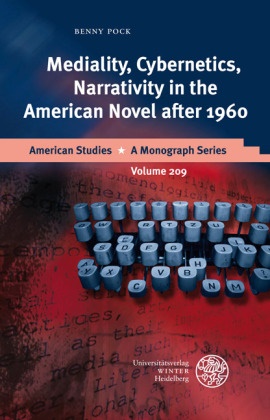En savoir plus
Media shape the way thought solidifies into symbolic structures. New media therefore leave their mark on literary form. Accordingly, the rise of the computer reverberates in the aesthetics of the postmodern novel. By tracing the impact of Marshall McLuhan's body-centered media theory and its idiosyncratic interpretation of cybernetics on the arts in general and the novels of William Burroughs and Thomas Pynchon in particular, this study establishes a link between early postmodernism and electronic media. Developing an interdisciplinary theory of embodied narrativity based on existing approaches in media and literary theory, it reveals how within both media theory and literary postmodernism the hostility towards narrative pattern is gradually overcome in favor of a strategy of "storying". Discussions of works by Paul Auster, Neal Stephenson, and David Foster Wallace show how authors consciously apply and stage plot structures as ordering devices in the light of the information overload of the Internet era.
Résumé
Media shape the way thought solidifies into symbolic structures. New media therefore leave their mark on literary form. Accordingly, the rise of the computer reverberates in the aesthetics of the postmodern novel. By tracing the impact of Marshall McLuhan's body-centered media theory and its idiosyncratic interpretation of cybernetics on the arts in general and the novels of William Burroughs and Thomas Pynchon in particular, this study establishes a link between early postmodernism and electronic media. Developing an interdisciplinary theory of embodied narrativity based on existing approaches in media and literary theory, it reveals how within both media theory and literary postmodernism the hostility towards narrative pattern is gradually overcome in favor of a strategy of "storying". Discussions of works by Paul Auster, Neal Stephenson, and David Foster Wallace show how authors consciously apply and stage plot structures as ordering devices in the light of the information overload of the Internet era.

